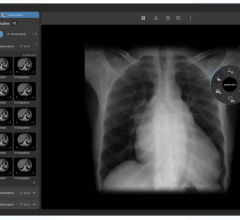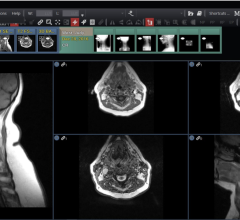Once you’ve had a PACS in place, be it a few months or a few years, you pretty much know virtually everything about it.
You know how it works, how to use it to get the most efficiency, have defined your hanging protocols, created shortcuts, developed workarounds to system bugs and know the system like the back of your hand.
The mantra “once you’ve had PACS you never go back” holds true even if the experience was less than optimal. Some PACS is better than no PACS, and going back to film typically isn’t even a consideration.
The same logic also dictates that moving from one PACS to another should be as easy as driving a rental car – you adjust the seat and mirrors, take a look at the console to figure out where everything from lights to wipers are, put it in drive, and go about your merry way. Unfortunately, buying a replacement PACS isn’t anywhere near that easy.
Next-Gen Angst
It is interesting that the vast majority of end users typically chose a PACS from a different vendor the second time around. The reasons behind this are varied and can include everything from better features and functionally offered by competitors to lower pricing to dissatisfaction with the incumbent vendor’s service or support or any combination thereof.
So why is it that second and third generation PACS create such angst among buyers? There are several reasons.
Transferring data from one PACS to another is not easy. Most of the time it involves much more than a simple DICOM query/retrieve function and involves both costly and time consuming data migration. End users usually aren’t prepared for this and may feel somewhat betrayed by the incumbent vendor for selling them a system that, in their minds, should have allowed seamless and transparent data transfer. After all, the data was stored in an industry standard format (DICOM), and therefore should be able to transfer easily to another system.
That is partly true, but there are things within the DICOM standard that aren’t mandatory that really need to be – grayscale presentation states being one – and without which can and probably will significantly impact the radiologist’s ability to provide an accurate comparison of previous images.
The bottom line here is that some of the money they may have budgeted to buy a new PACS may now need to be diverted to performing data migration. This can impact their end user’s decision on which vendor to chose or even delay the decision making process.
Bells and Whistles
Features and functionality also vary widely from PACS to PACS as well, although all PACS offer the same subset of basic features that are used in everyday practice – window/level, zoom, roam, flip, rotate, etc.
While some features offered by vendors are nice, the reality is if you have been living without a particular feature for years, the chances are that you can live without it longer. That said, most sales depend on selling bells and whistles, so sometimes end users will gravitate towards one product versus another on that basis alone.
Avoid Repeat Mistakes
To avoid repeat mistakes, the PACSman provides the most important considerations to make before replacing your PACS in the "Top 10 Considerations for PACS Replacement."



 July 25, 2024
July 25, 2024 








